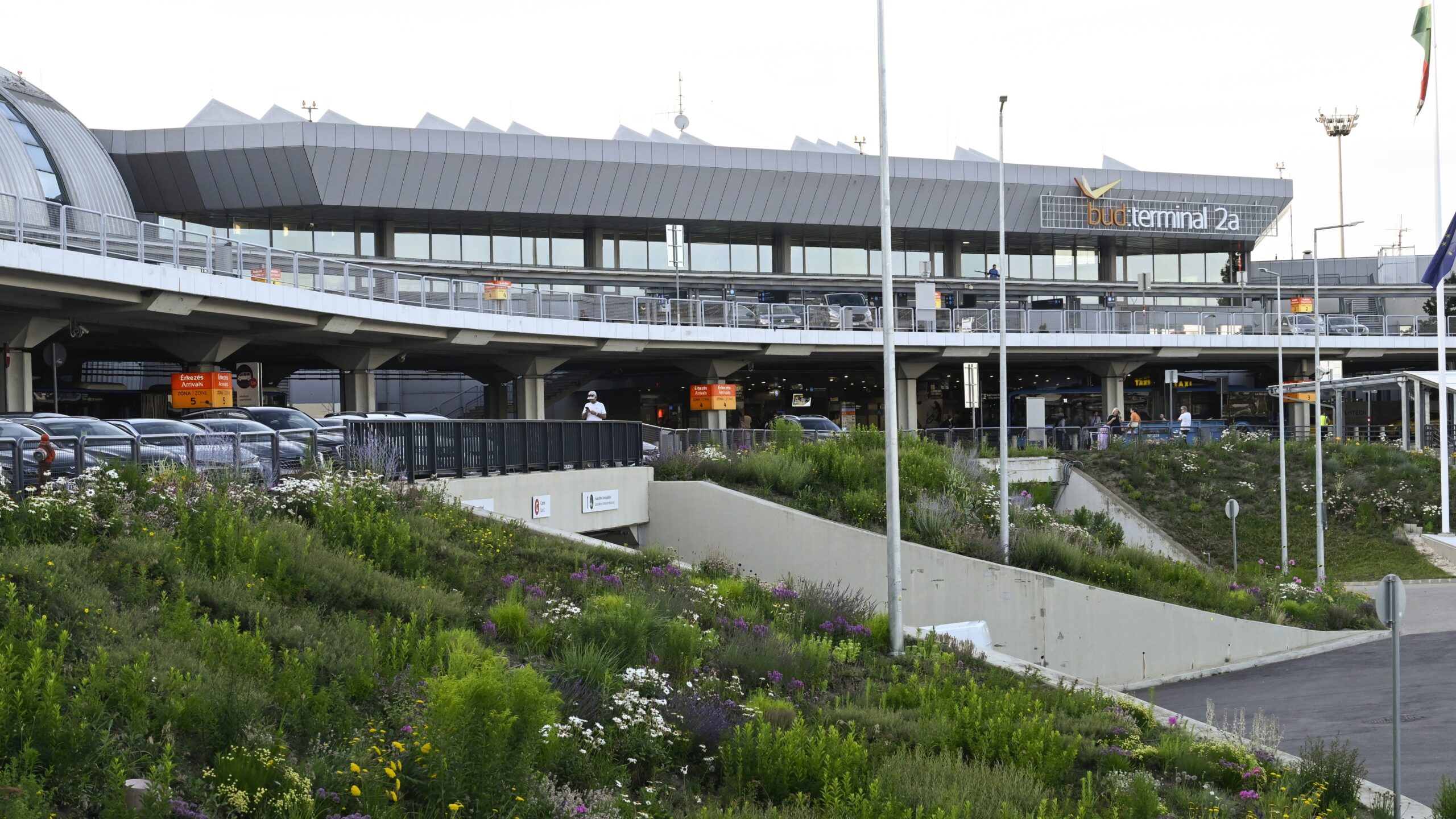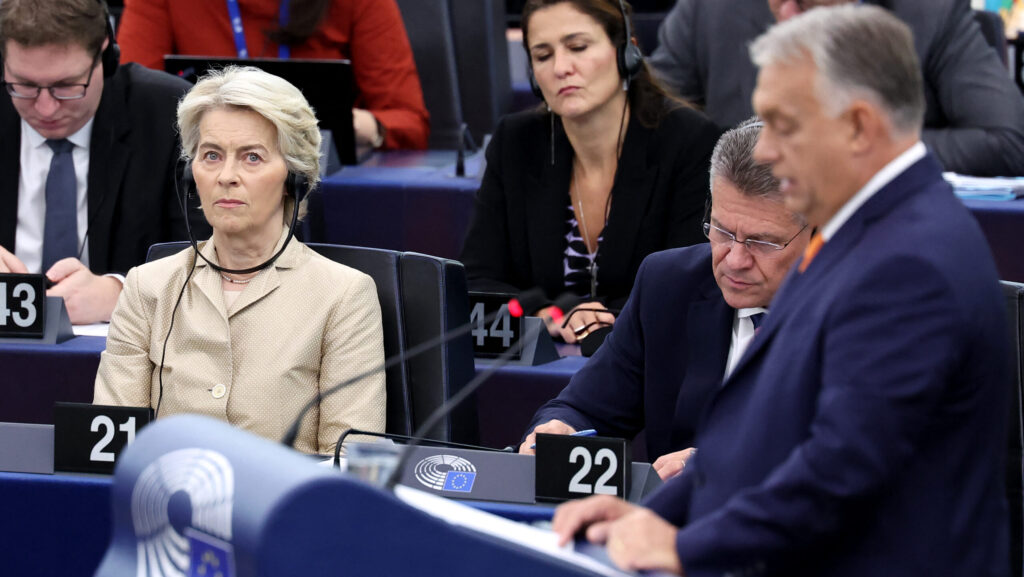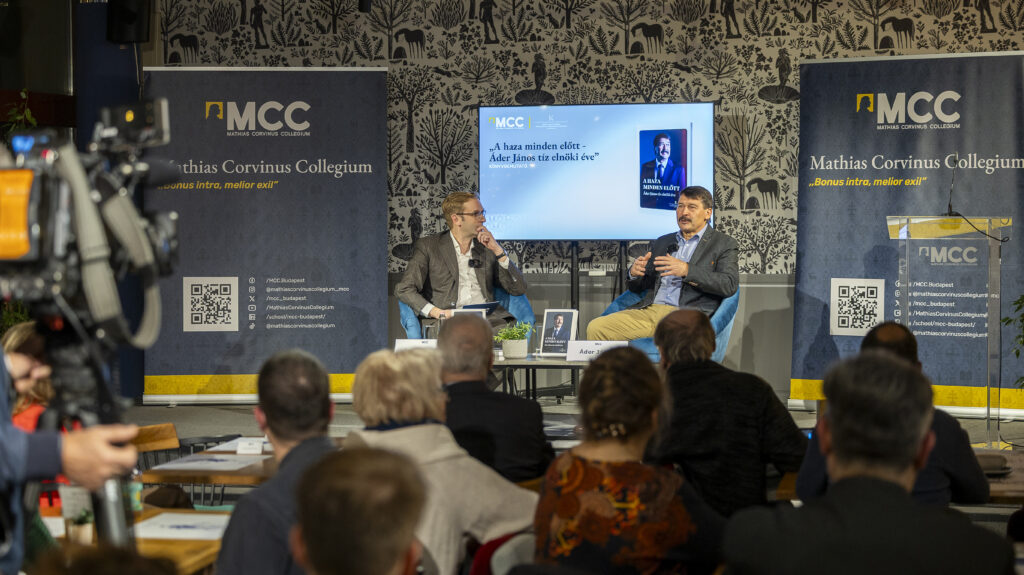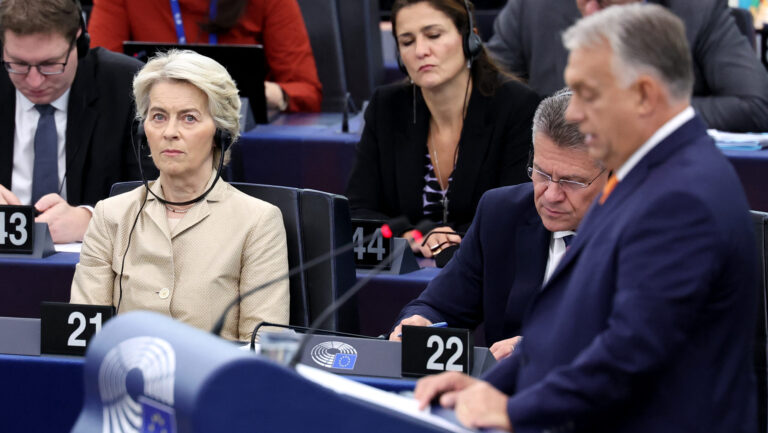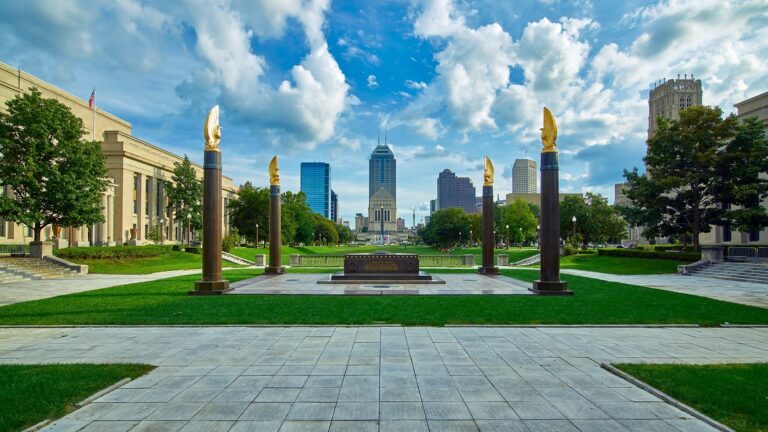Hungary will invest 2.5 billion euros in expanding transport links and infrastructure around Budapest’s Liszt Ferenc International Airport by 2035, Minister of Construction and Transport János Lázár announced at a press conference on Monday.
The plan includes a new six-lane highway by the end of 2028, a high-speed rail line by 2035, and the construction of a third airport terminal in the same year. According to Lázár, the developments will double passenger traffic to 40 million annually and allow trains to reach the airport from downtown Budapest in just 15 to 20 minutes.
The 27-kilometre railway line—designed for speeds up to 160 km/h—will link Kőbánya to Monor in a 1 billion euro concession investment. It will also improve connections from major regional cities such as Szeged, Nyíregyháza, Győr, Békéscsaba, and Székesfehérvár, strengthening the airport’s position as a central transport hub in Central Europe.
The new Terminal 3 will also represent a 1 billion euro investment, intended to accommodate growing passenger demand and increase profitability. Lázár noted that the state-owned Budapest Airport has already exceeded profit expectations, proving the purchase of the facility to be a sound investment for taxpayers.
In addition to rail and terminal projects, 500 million euros will be spent on building a 12-kilometre, mostly six-lane expressway connecting the outer Üllői Road with the airport. Construction is expected to begin in late 2026 and take approximately two to two and a half years. Around 356 properties are affected by the project, with 265 requiring expropriation to secure the route.
The minister underlined that the developments also respond to growing freight traffic across Hungary due to regional conflicts and shifting trade patterns. The upgraded rail capacity will help separate passenger and cargo transport, supporting Hungary’s growing automotive industry, which will soon produce one million vehicles per year—most of which must be transported to Western Europe by rail under EU regulations.
Lázár confirmed that, following requests from Budapest’s municipal government, the new airport rail line will include a stop at Rákosrendező station. Much of the construction will take place within the airport’s boundaries, with two to three kilometres of the track built underground.
He also highlighted improvements since the airport returned to Hungarian ownership: the share of flights departing or arriving within 15 minutes of schedule has risen from 60 per cent to around 75 per cent, despite a 15 per cent increase in total traffic.
Related articles:

